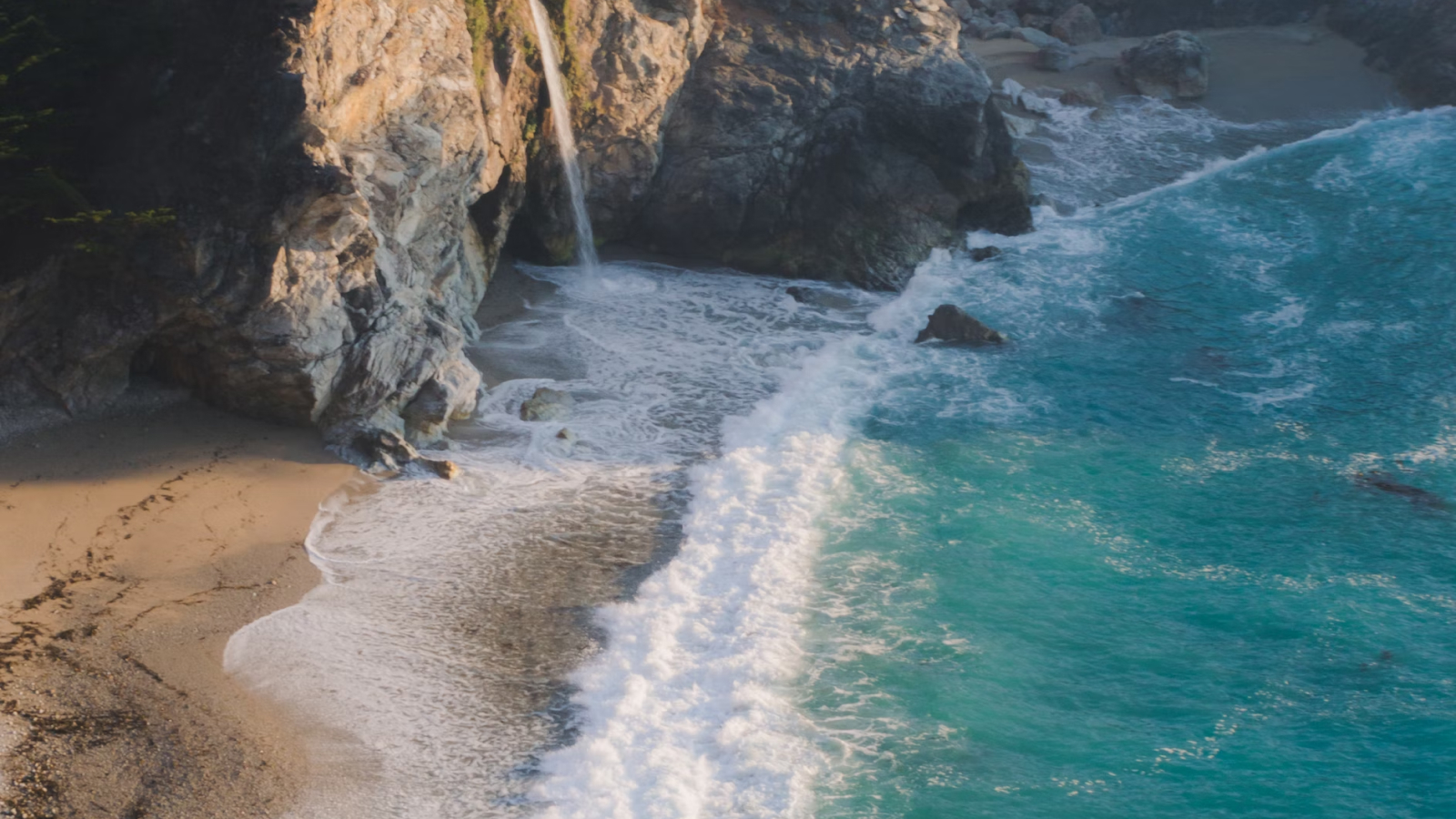Issue
The Mission-Aransas National Estuarine Research Reserve in Texas is located within relatively undisturbed watersheds that support a healthy estuary with highly diverse habitats. Recreation, tourism, and estuarine-dependent commercial and recreational fisheries play key roles in the region's economy and are important contributors to the high quality of life in the region. However, the area is experiencing rapid population growth, making it an ideal location for a case study that links and applies decision support tools to enable better land use and resource management decisions.
Process
Three decision support tools were used to demonstrate the innovative application and integration of tools for land use planning and ecosystem management.
- CommunityViz supported the development and analysis of land use scenarios and socioeconomic indicators.
- NatureServe Vista helped to depict ecological values, evaluate impacts from land use scenarios, and develop alternative land use scenarios.
- The Nonpoint-Source Pollution and Erosion Comparison Tool (N-SPECT) helped to predict sedimentation and pollution changes within different land-use scenarios and to identify areas that are the key contributors.
Researchers found they were better able to examine alternative building scenarios by using all three tools. Results from one tool were used as input into other tools, and this was repeated to examine different scenarios. Training was developed that describes the problem, approach, and tools from this project, as well as the interoperability model, inputs, and outputs, making this process relevant for other communities.
Impact
After participating in the training, a group of local tool users was able to perform ongoing analysis and improve local decision-making and resource management by integrating the three decision-support tools. The interoperability substantially increased the users’ decision-making capacity, enabling them to conduct cross-sector and ecosystem planning. The process and lessons learned are applicable to other coastal communities.

